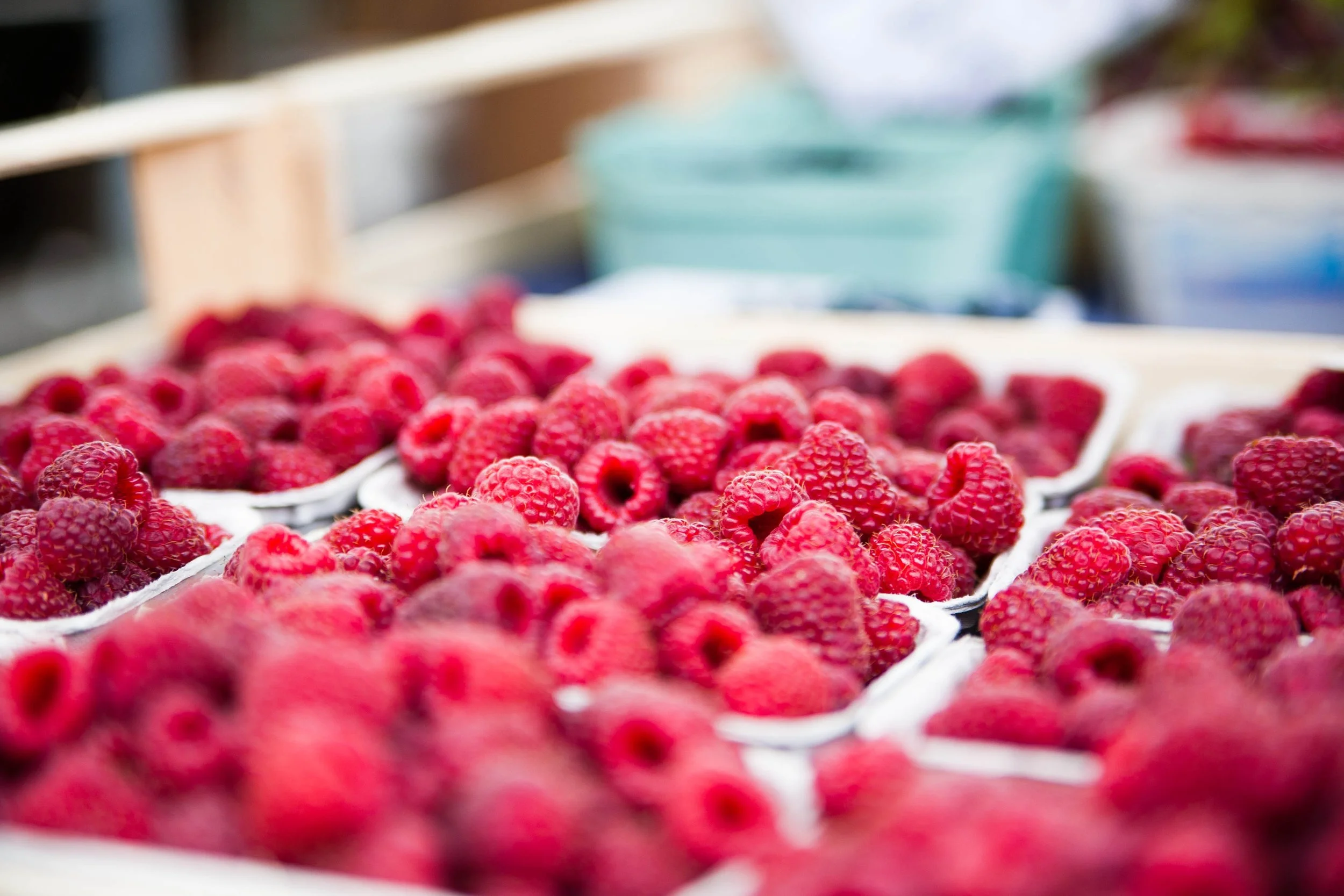6 Ways to Enjoy Fresh-Tasting, Local Strawberries
. . . All Year Long
Summer is just getting under way here in the Northeast, and we’re looking forward to several weeks’ worth of fresh, juicy strawberries. But short of going on an all-strawberry diet—which, come to think of it, doesn’t sound like a bad idea—we often find ourselves with extra berries. And since the thought of tossing even part of our bounty makes us want to cry into our berry smoothies, we’ve developed several ways to keep the good times rolling—and the berries fresh-tasting—all year long.
Freeze them! This is the easiest way to preserve all that strawberry goodness long after the growing season has ended. First, be sure that the berries you’re using are fully ripe; they should be deep red and firm. Remove the stems and caps, and wash and drain the fruit. Place the berries in a single layer on towels to dry; then pop the whole berries into containers or freezer bags (squeeze as much air as possible out of the bags), and place in the freezer.
You can also slice the berries in half or lightly crush them, place them in a bowl, and stir 1/2 cup sugar into each quart of berries, and gently mix till the sugar is dissolved. Freeze them in containers. To use, allow the berries to thaw completely, and drain off excess water. The water can be used for smoothies, so don’t throw it out!
Make berry cubes. In a mixing bowl, gently crush up to a pint of berries. Add enough filtered or spring water to make a chunky liquid. If you like extra sweetness, add 1 to 2 tablespoons sugar, and stir well until the sugar is dissolved. If you prefer a mix of savory and sweet flavors, skip the sugar and add a handful of clean, finely chopped fresh basil, mint, or rosemary. Spoon the mixture into clean ice cube trays. For a sweet berry blast in cocktails and other drinks, pop a couple of frozen berry cubes into the glass.
Make jam or jelly. Each cook seems to have his or her own jam recipe, so don’t be afraid to experiment! If you’ve never tried making strawberry jam before, it couldn’t be easier. Try this recipe for ultra-simple, no-cook freezer jam, or this recipe for more traditional, cooked strawberry preserves.
Dry them. Skip the teeny-tiny, overpriced packages of strawberries sold in some gourmet stores. Instead, preheat your oven to 200 degrees F. Clean your fresh berries, remove the stems and caps, and slice them in half. Line a cookie sheet with parchment paper, and lay the berries cut side up on top. Slide the sheet into the oven, and dry the berries for 2 hours. Flip them over, and dry for 2 hours more. Allow the berries to cool completely, and store them in airtight containers in the fridge. They shrink quite a bit when dried, so you’ll be able to pack quite a few into each container.
If you have a dehydrator, you can dry the sliced berries at 135 degrees F for 8 to 10 hours for soft berries, or 10 to 14 hours for crisp ones.
Although store-bought dried strawberries have added sugar, baking them on a low heat setting really concentrates their sweetness, so we skip that step. Why mess with perfection?
Mix up a quick strawberry sauce. This simple sauce is a classic for topping pancakes, waffles, ice cream, and cakes, but it’s also good in savory dishes. Mix it with some balsamic vinaigrette for salads; add it to marinades for chicken, fish, or pork; or drain off a bit of the liquid and spread it over artisanal bread for grilled cheese sandwiches. This sauce will keep in the fridge for several days, and you can also freeze it
Craft your own strawberry wine. This recipe requires a bit of attention and a lot of patience, to keep you from sampling the wares before they’re ready, but it’s well worth the effort and the handful of specialty supplies, especially if you’ve got guests coming over for the holidays. Trust us: you’ll wonder why you didn’t try it sooner.
Don’t miss out on the summer berry harvest! Find a farm in your area today.








